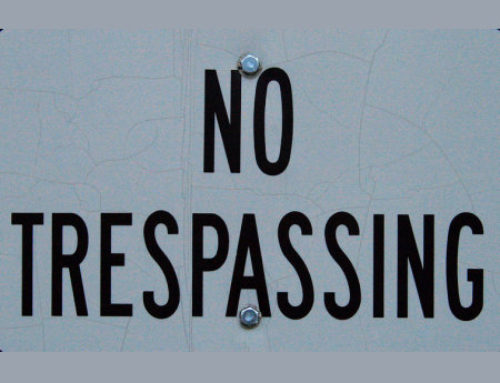Recently I was asked if the District was taking the plastics collected at the community recycling center and burying them. My answer was a resounding no. In fact, on January 25, we sent to market 5,607 pounds of Plastics 1, PETE or PET (water bottles for instance) and 1,146 pounds of Plastics 2 Natural, HDPE – translucent (milk jugs for instance). Now, let’s look at the income and expenses for this quantity. The gross income from the total 6,753 pounds of plastic is estimated at $57.30. The cost to transport this material is $84.25. The income received does not even pay for transportation. The other costs for labor, utilities, fuel, baling wire, and supplies to prepare the materials to ship are also not being recovered. As mentioned in a previous entry, China’s National Sword program has negatively impacted prices received for these and some other commodities and will continue to impact for quite some time in the future. How badly is the impact? The price we receive for PET is zero (0) cents a ton, ie. nothing when in previous years it was as high as $50 per ton. The HDPE-Natural is valued at $0.05 or $100 per ton, early last year it was $240 per ton . The other HDPE (soda bottles) we collect and periodically ship is paid at $0.005 per pound or $10 per ton and early last year it was $40 to 50 per ton. The cost to transport any non cardboard commodity is $0.0125 per pound or roughly $24.95 per ton. At least this has not significantly raised in the past few years. The net result is that neither PET or HDPE-Color pays its way to transport much less all the costs to get it to market. Let me quickly address the Plastics 3 through 7 or all the other container plastics received at the center. To recycle this material we have to pay $17.50 per ton plus the transportation cost of $24.95 per ton for a total of $42.45 per ton which would significantly add to the loss already being absorbed by the district for the other plastics. This sad state of charge to recycle these items began in early 2016. The district made a conscious decision to continue to take these items, bale them and begin to find ways to use locally. At this time, the district is using the baled plastic 3-7 to develop a windbreak at the Klondike Landfill for our open air maintenance and storage area. So to those that claim the district is landfilling the recycling center’s plastics: we are not. Instead, we are making every effort to honor the citizens and businesses desire to reuse, repurpose, or recycle the materials. Having said this, the district is looking to it’s finances and grappling with how to find adequate funding to allow this effort to continue as we do believe in a vision of sustainable waste diversion which includes recycling. As always, the district staff is open to ideas, and of course, free will financial support.




